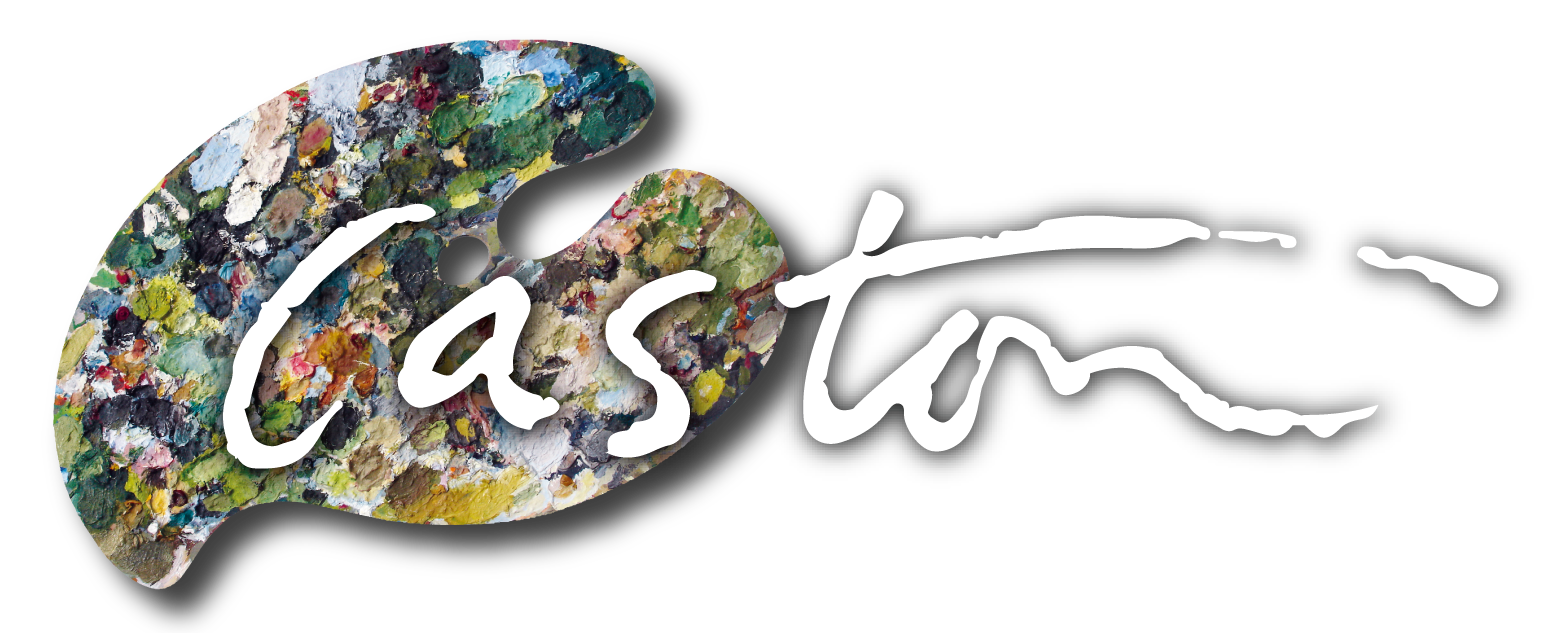Caspar David, John and I
Richard Caston on the trail of the Romantic Masters
Exhibition
2.11.16 – 15.12.2017 Caspar David, John and I
The International English Library
Kasernenstr. 6
40213 Düsseldorf


In his exhibition of paintings and workbooks, Richard Caston pays homage to two giants of the 19th century Romantic Revolution – Caspar David Friedrich and John Constable. The work includes paintings of trees, prehistoric mounds, standing stones, skies, and church architecture, all subjects close to the heart of the Romantic artists. The exhibition evokes a sense of the sublime in nature and highlights its internal powers and mysteries.
During the summer of 2017, Caston travelled to the Baltic island of Rügen and to “Constable Country” in the east of England to discover the special places that inspired and defined each artist.
Introduction to the exhibition
When I first exhibited my work in Düsseldorf, over 40 years ago, several visitors commented that my paintings reminded them of Caspar David Friedrich. They mentioned the precision and details in my work and my subject matter, with its focus on prehistoric sites in the landscape and trees. I then began to study Friedrich’s work in museums throughout Germany, most notably in Berlin and he became a firm favourite of mine.
John Constable has been almost part of my childhood. During our family holidays in Essex, we drove through “Constable Country” on our way to the seaside. It was my mother who first pointed this out and I remember looking out of the car window as the landscape flashed by. Ever since that time, this landscape has had a special appeal, sometimes it felt like we were actually travelling through one of Constable’s paintings.
Almost exact contemporaries, Friedrich and Constable never met and it is not known if they were aware of each other’s work. Friedrich’s colleague, the Norwegian painter Johan Christian Dahl, did see some of Constable’s compositions as engravings while in Paris. Produced by the master printer David Lucas, the prints certainly conveyed Constable’s dramatic use of light and shade and his compositional strength. So Dahl may have purchased a print or two to take back to Dresden, where he and Friedrich worked.
During our visit to Rügen and Essex during the summer of 2017, Beatrice and I were impressed by the contrast in light and atmosphere between the two places. They were in fact exactly matching the differences seen in the paintings by the two artists. Constable’s use of dramatic skies conveys strong emotions and a sense of a grander agenda in nature. Friedrich’s more meditative paintings, on the other hand, provoke a sense of the divine in nature.
What they share is really the essence of the romantic revolution, a sense for the sublime in nature, which goes beyond sentimentality and beyond the merely beautiful. It is a version of nature seen unfiltered in all its power and mystery.
Richard Caston
Leporello






















